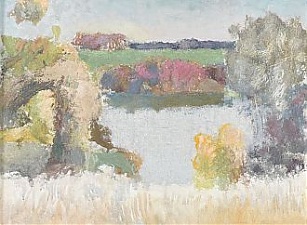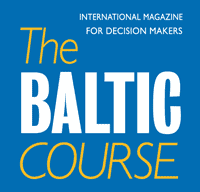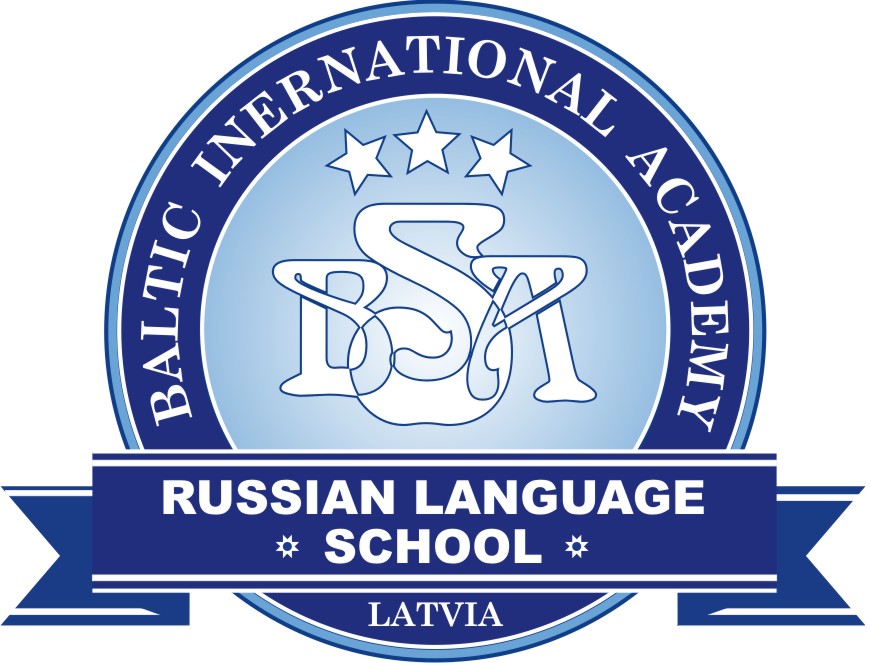Other events in Baltic States
International Internet Magazine. Baltic States news & analytics
Friday, 13.06.2025, 04:02
Viljandi painter Juhan Muks at the Adamson-Eric Museum in Tallinn
 Print version
Print version |
|---|
Starting on Friday, 7 June, the exhibition Viljandi Painter Juhan Muks (1899–1983) can be seen at the Adamson-Eric Museum. This exhibition with a retrospective bent presents the best works of Juhan Muks, who was a contemporary of Adamson Eric. The principal part of the exhibition comes from the collections of the Art Museum of Estonia, the Tartu Art Museum and the Viljandi Museum, and has been supplemented by paintings from the collection of the Tallinn Art Hall Foundation and private collections.
“One of the main priorities of the Adamson-Eric Museum is to examine and introduce 20th-century Modernism, and survey exhibitions of works by Adamson-Eric’s contemporaries are a definite part of this concept. This year, the oeuvre of Juhan Muks is on exhibit, who was also the first artist to receive the Konrad Mägi Medal and Award,” told BC Ülle Kruus, the exhibition curator and director of the Adamson-Eric Museum. “Muks’s in-depth colour exploration has preserved its freshness until the present day.”
By delving into the nuances of colour, as one of his main means of expression, Muks achieved masterly harmonies and, supported by the Parisian School of Painting, developed delicate chromatic solutions for the depiction of Estonia’s landscapes. Purposefulness, dedication and hard work were at the core of Juhan Muks’s nature. This retrospective survey exhibition is also focused on the facets of his creative path that cite these timeless values.
Juhan Muks was born in Viljandimaa, where he acquired a general education; later he attended the Pallas Art School and from there went on to Paris. Back in Estonia, Viljandi became his home town, where he painted portraits, landscapes, still lifes and compositions, as well as participating in exhibitions. The mayor of Viljandi ordered a large mural for the City Hall and, in 1932, the artist’s first solo exhibition took place in the same hall.
After another stay in Paris, Juhan Muks returned to Viljandi, where the view of Lake Viljandi that he saw from his home inspired him for decades. Although he had to endure a temporary expulsion from the Estonian S.S.R. Union of Artists, after his membership was restored a new creative period filled with searching started for him. Between 1961 and 1983, Muks was an active participant in the art life of Tartu, Tallinn and Viljandi.
“Dedicated service to ideals related to fine arts was not very easy in the changeable political climate of the 20th century. Although fate placed obstacles in Muks’s path to becoming an artist, in the second decade of the 21st century we can say that the best examples of his work have retained a definite place in Estonian art history,” Kruus added.
The exhibition Viljandi Painter Juhan Muks (1899–1983) will be open until 1 September 2013.









 «The Baltic Course» Is Sold and Stays in Business!
«The Baltic Course» Is Sold and Stays in Business!

